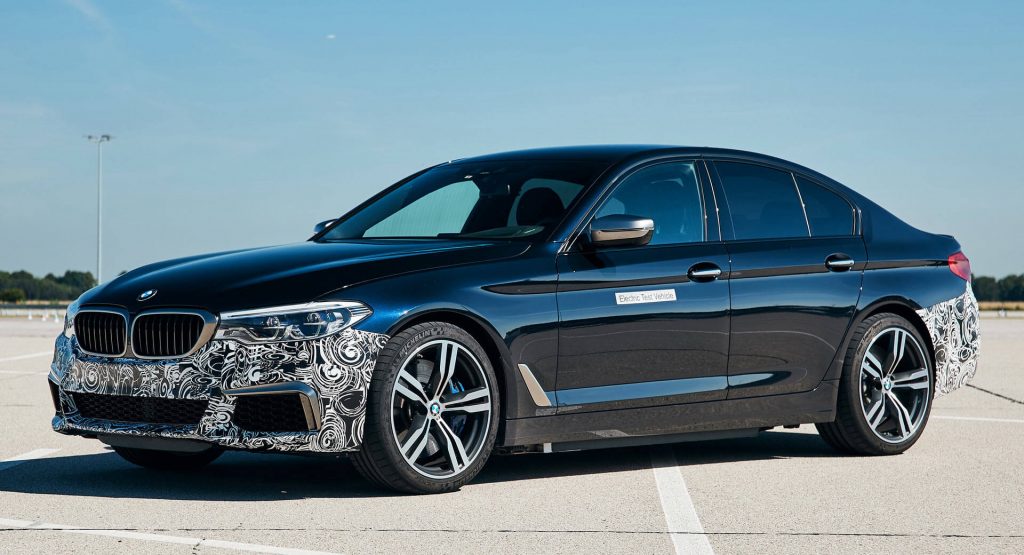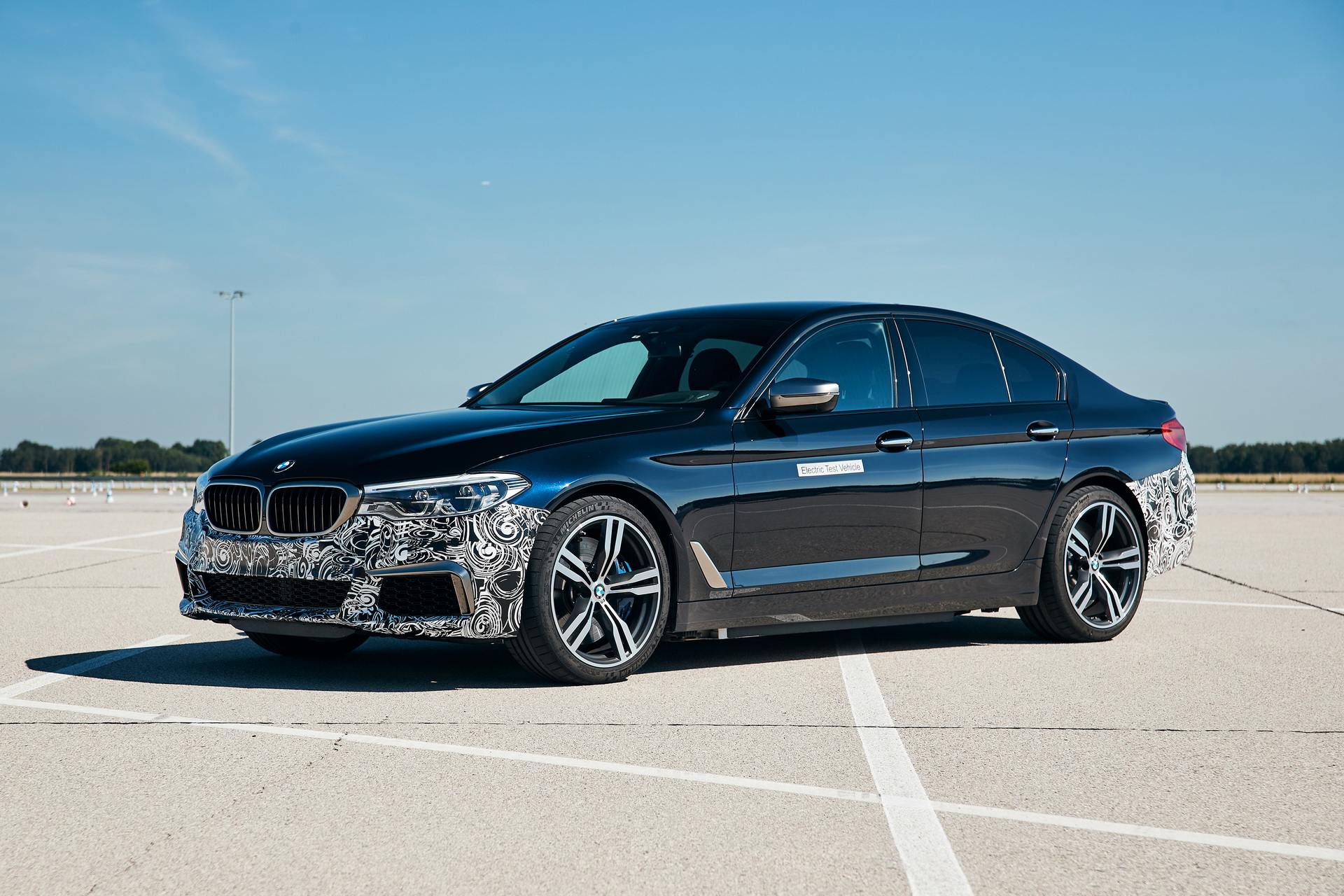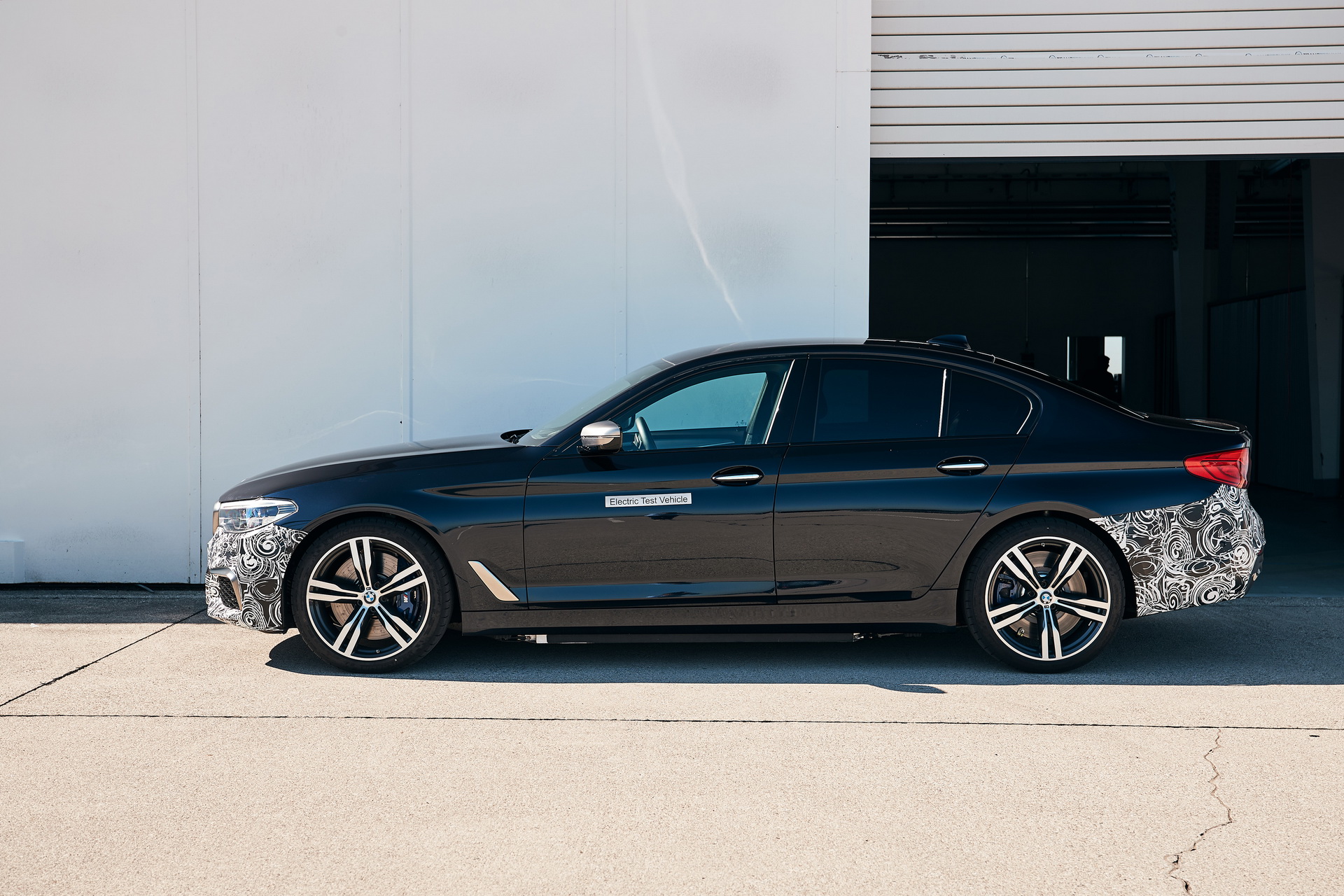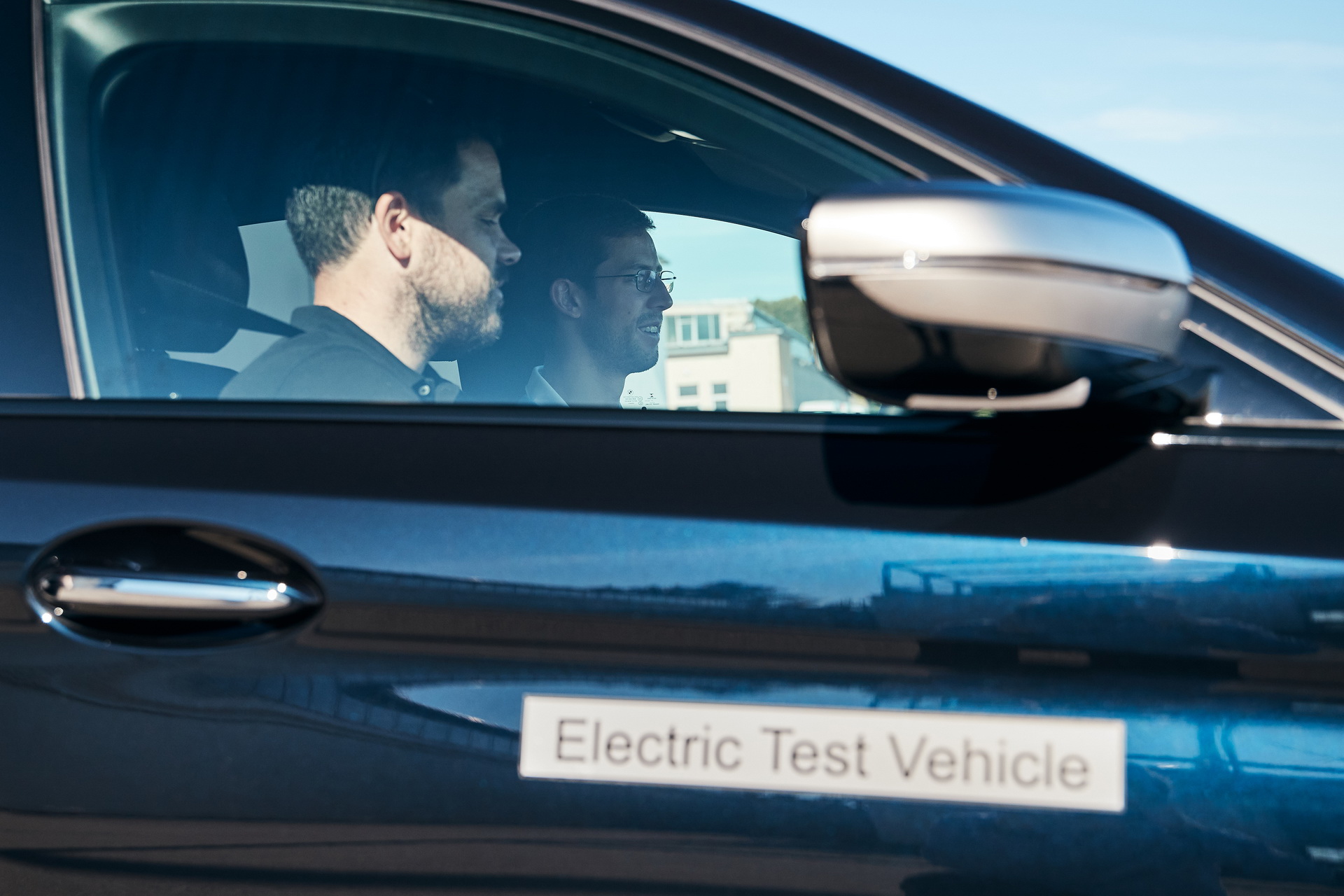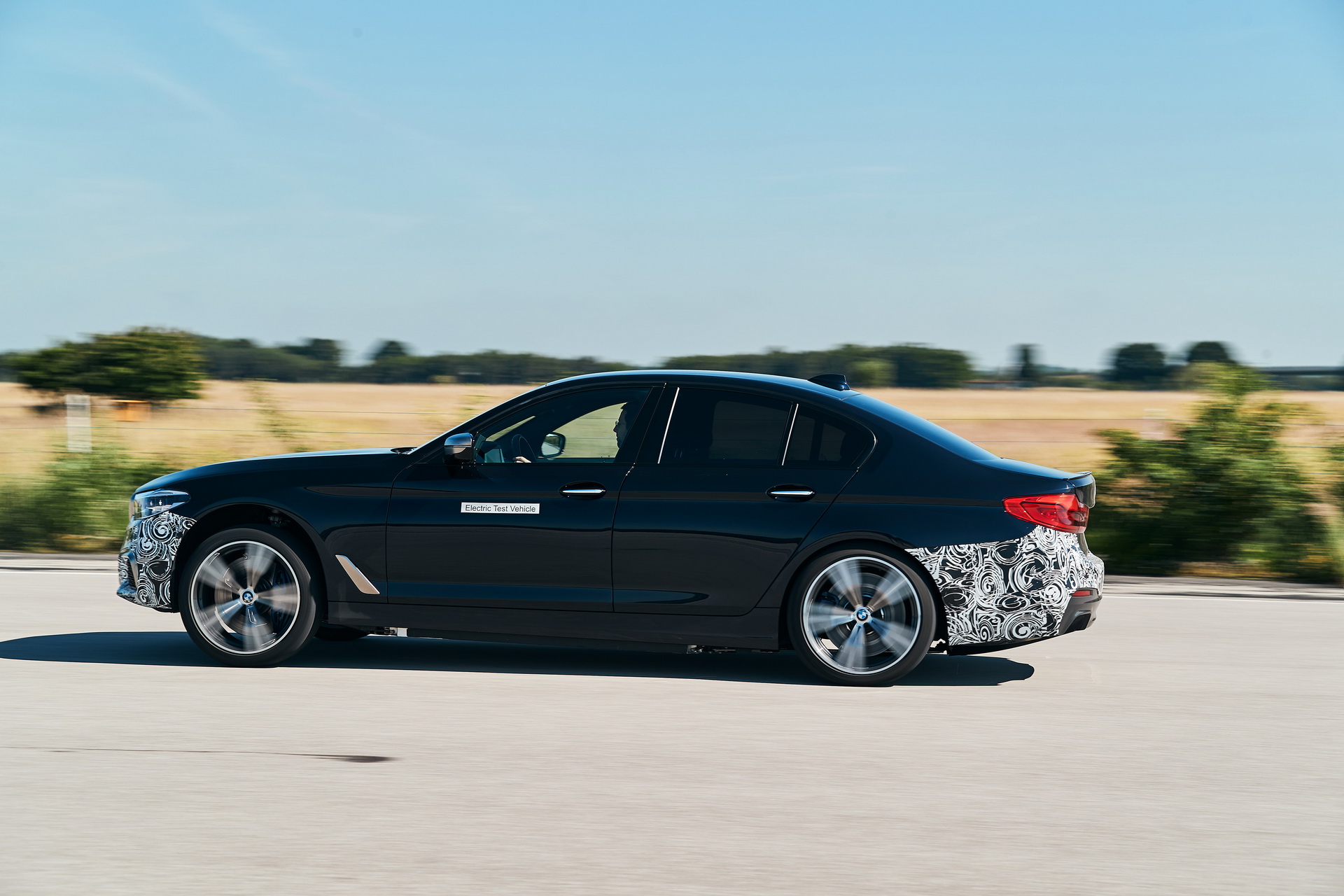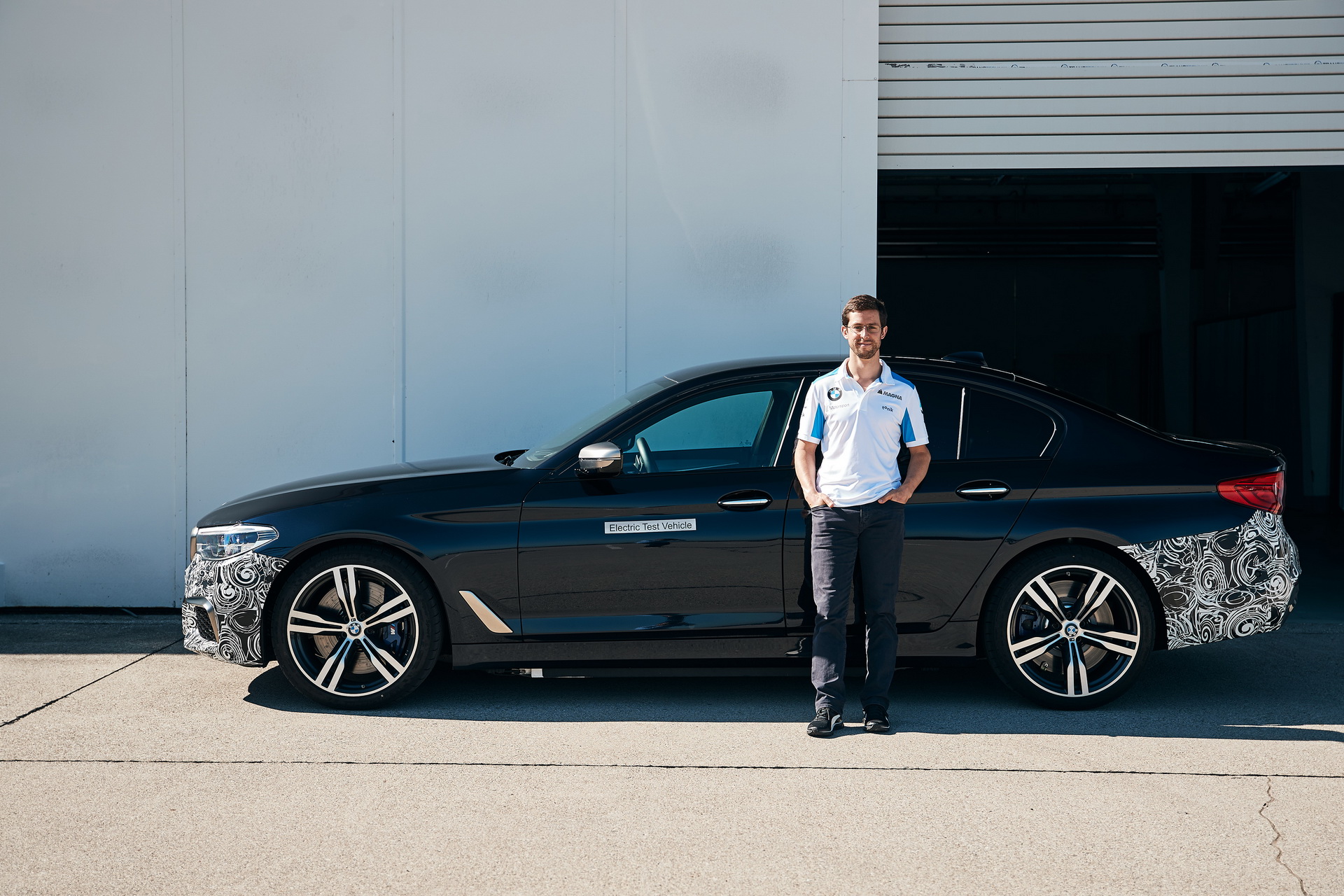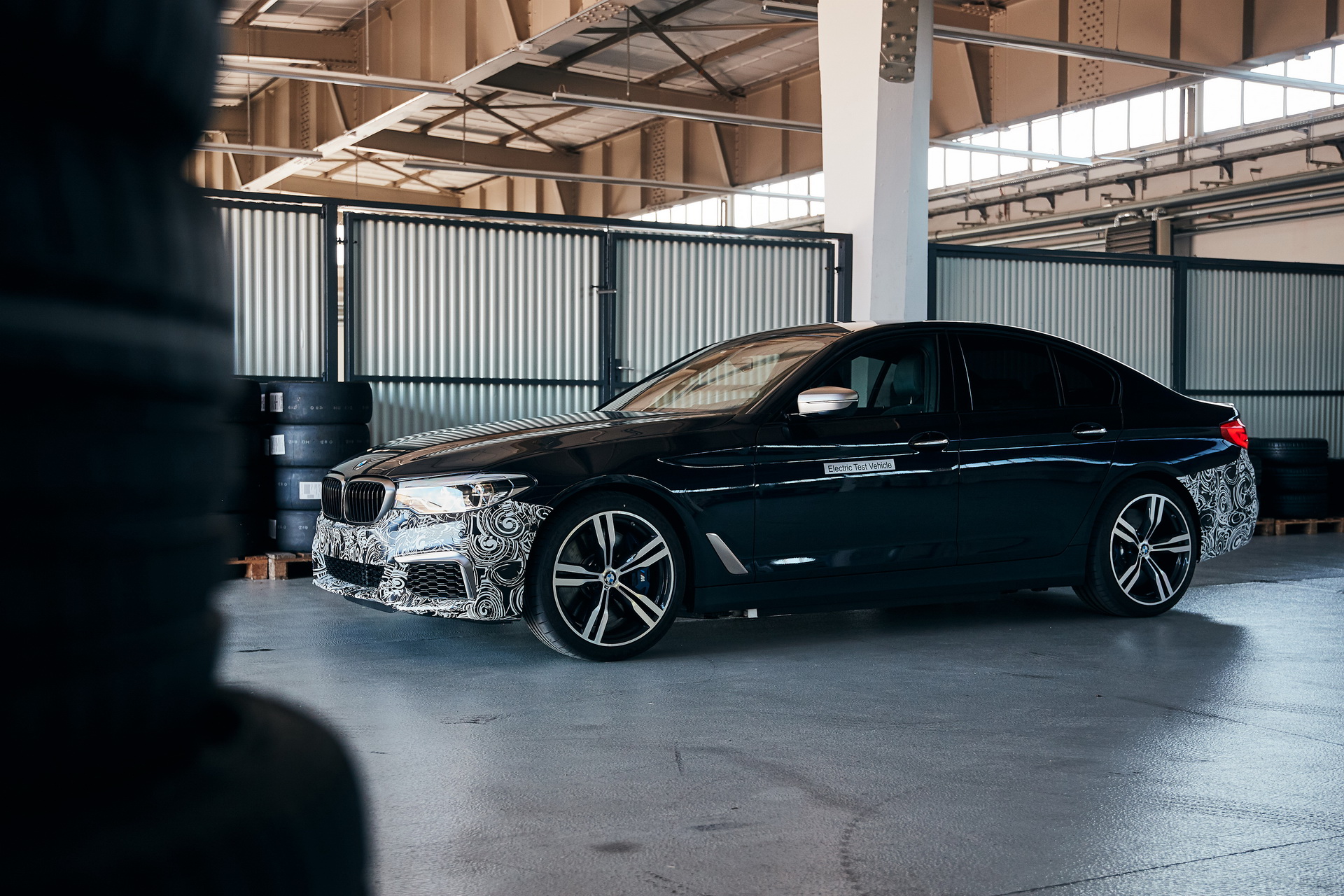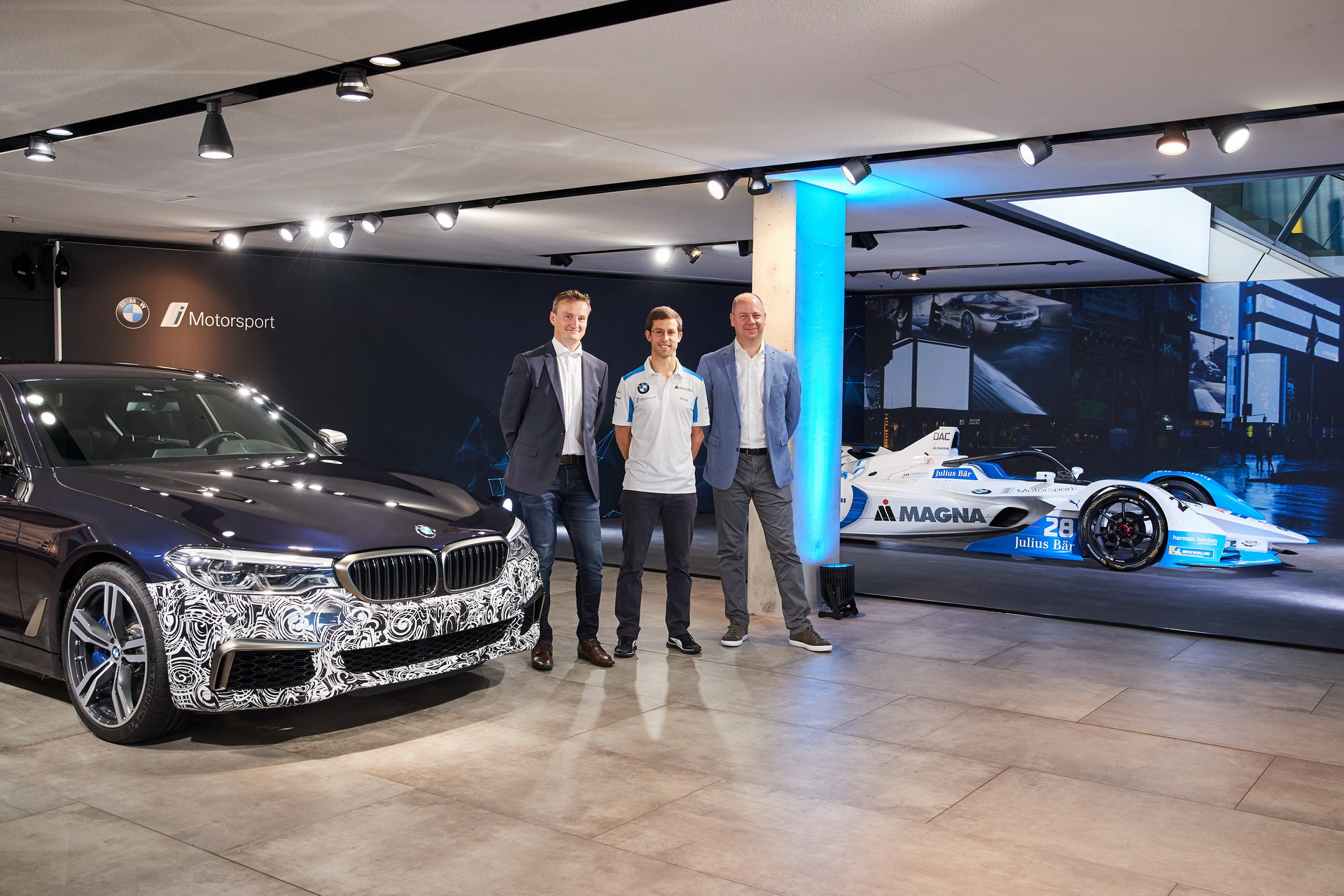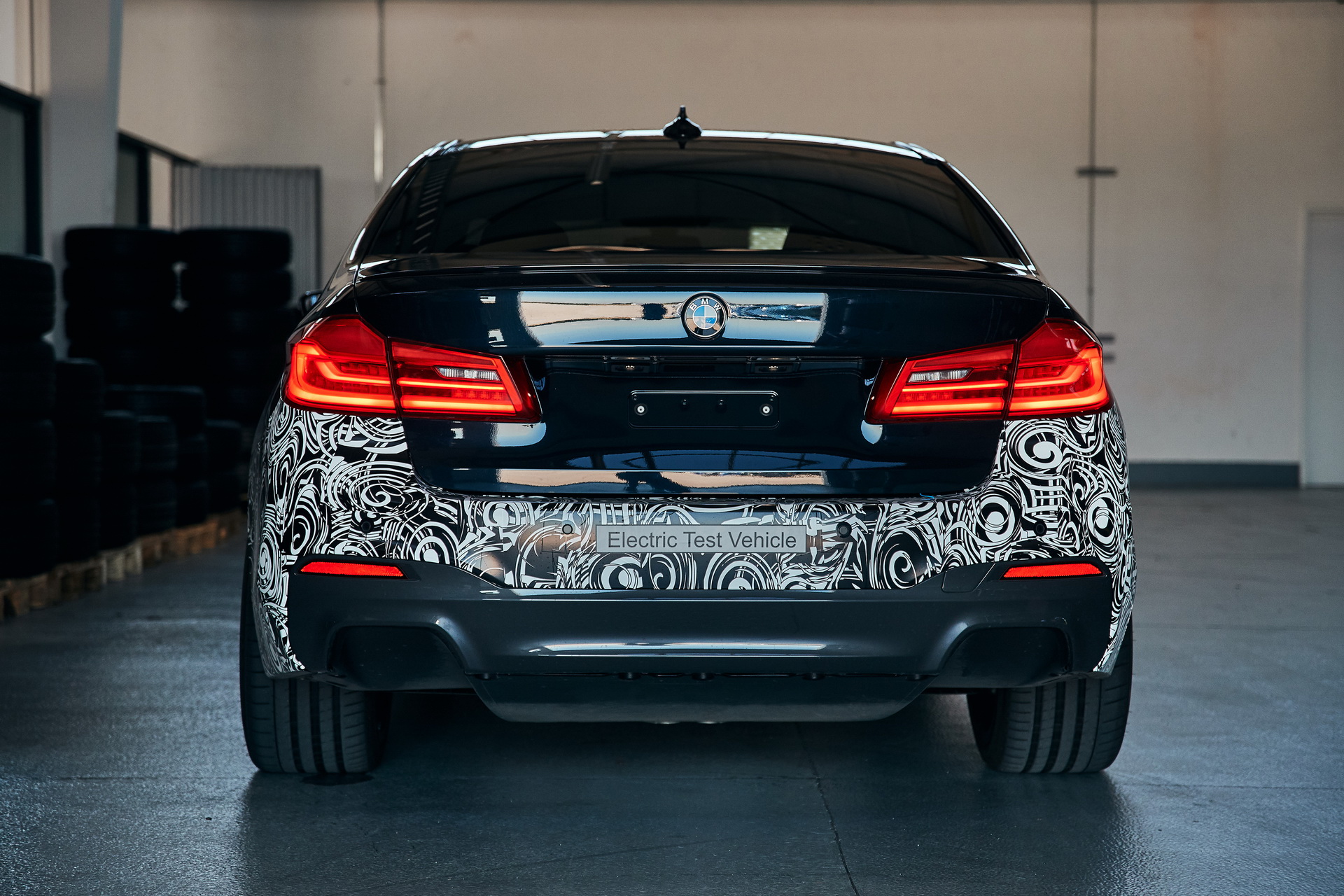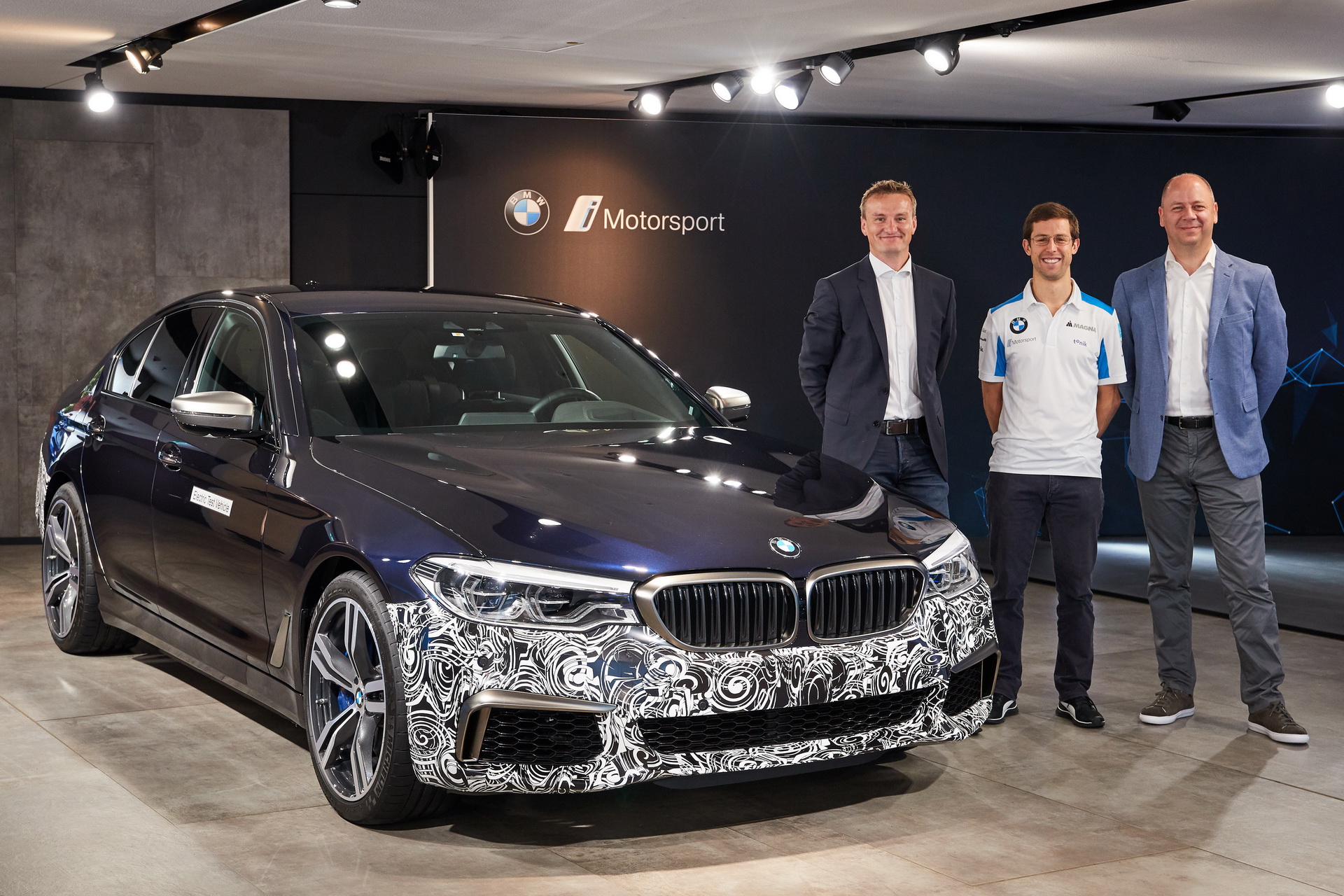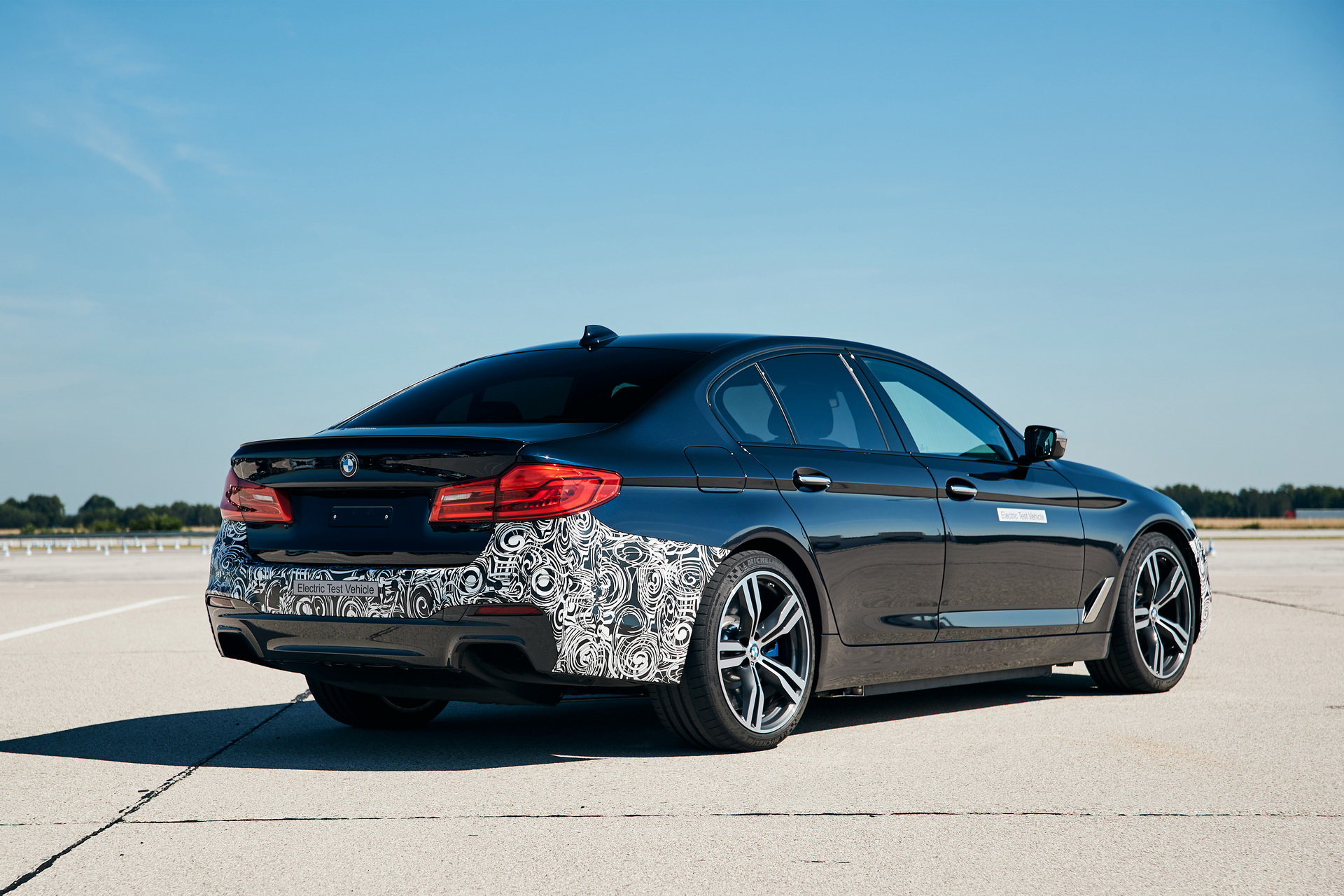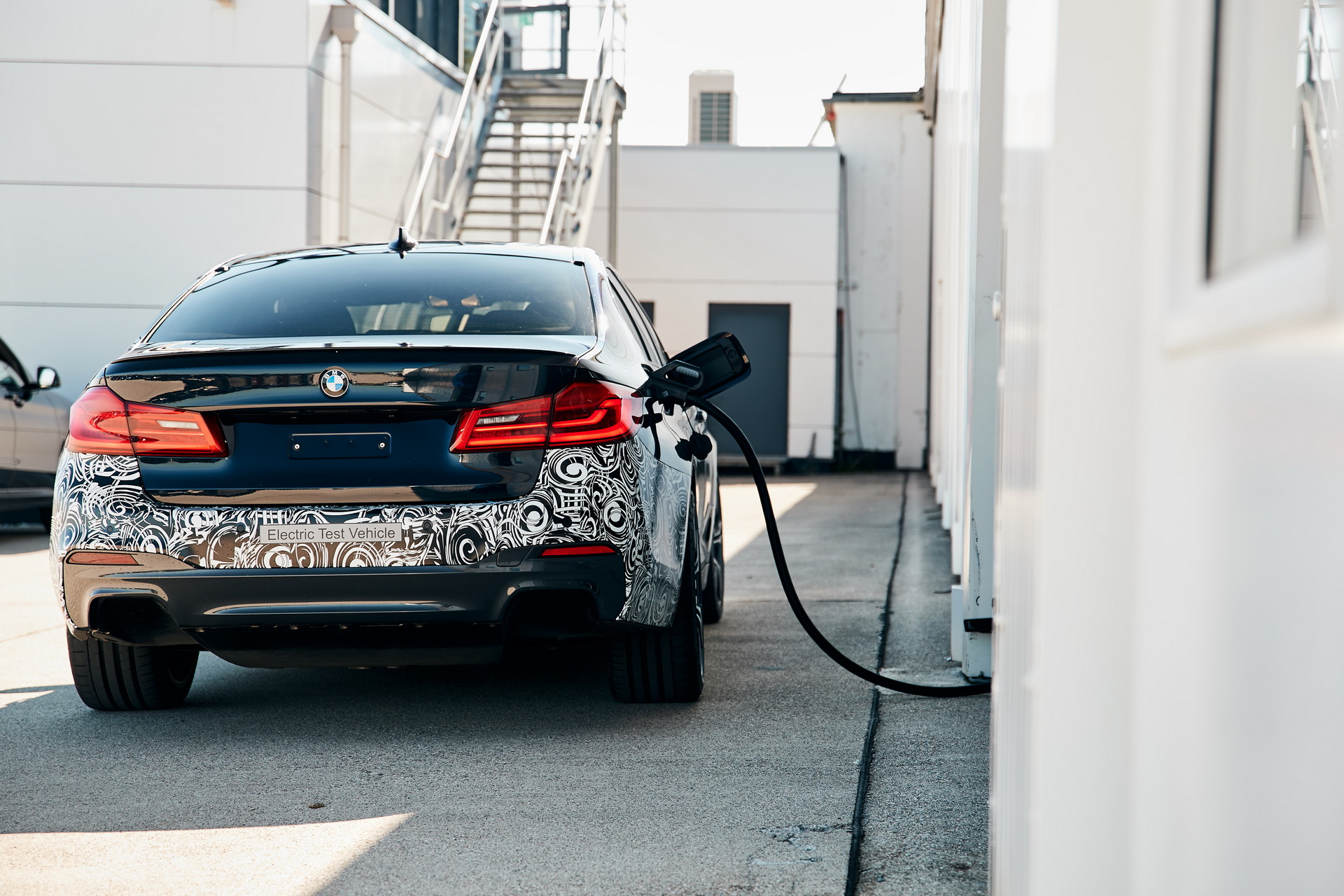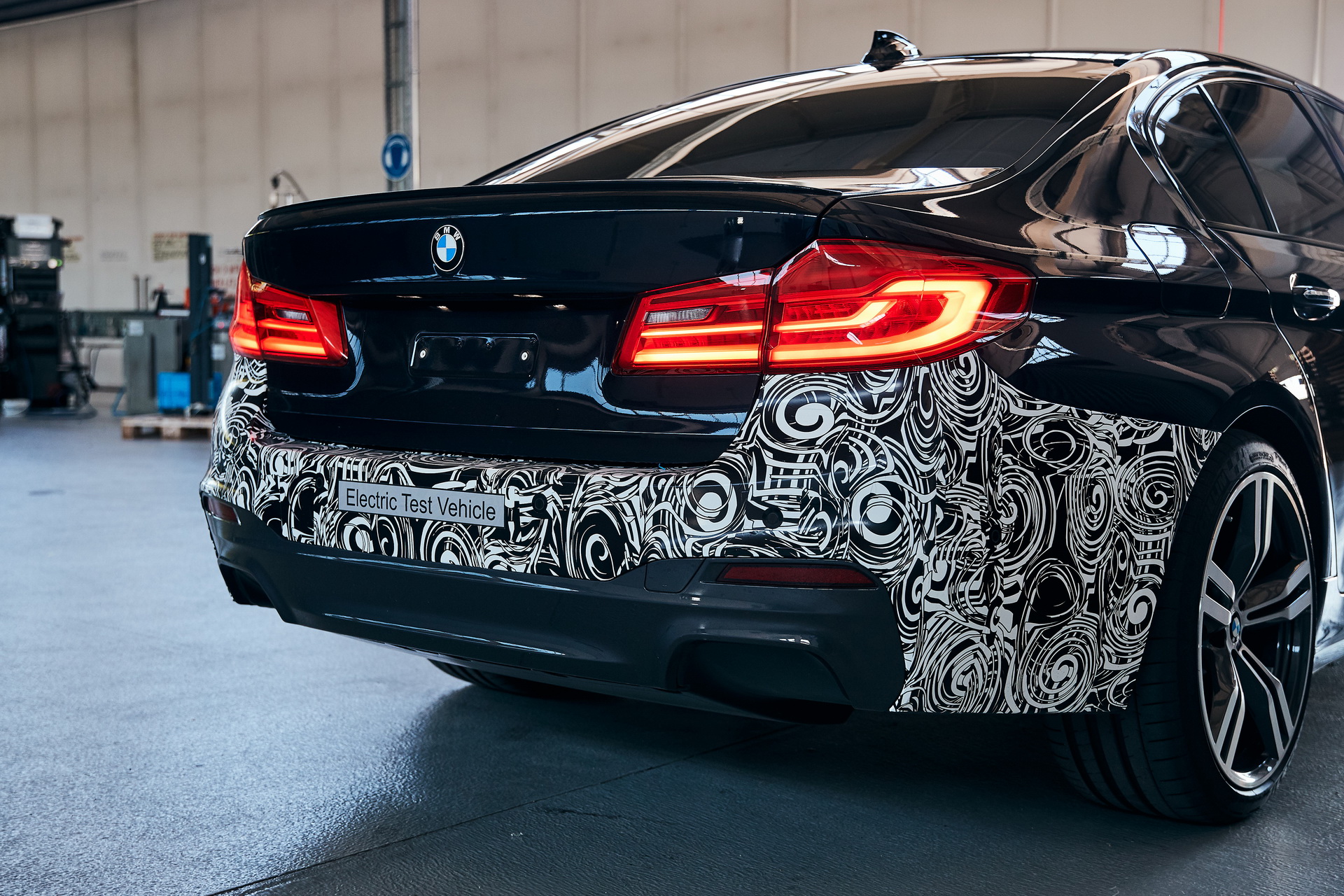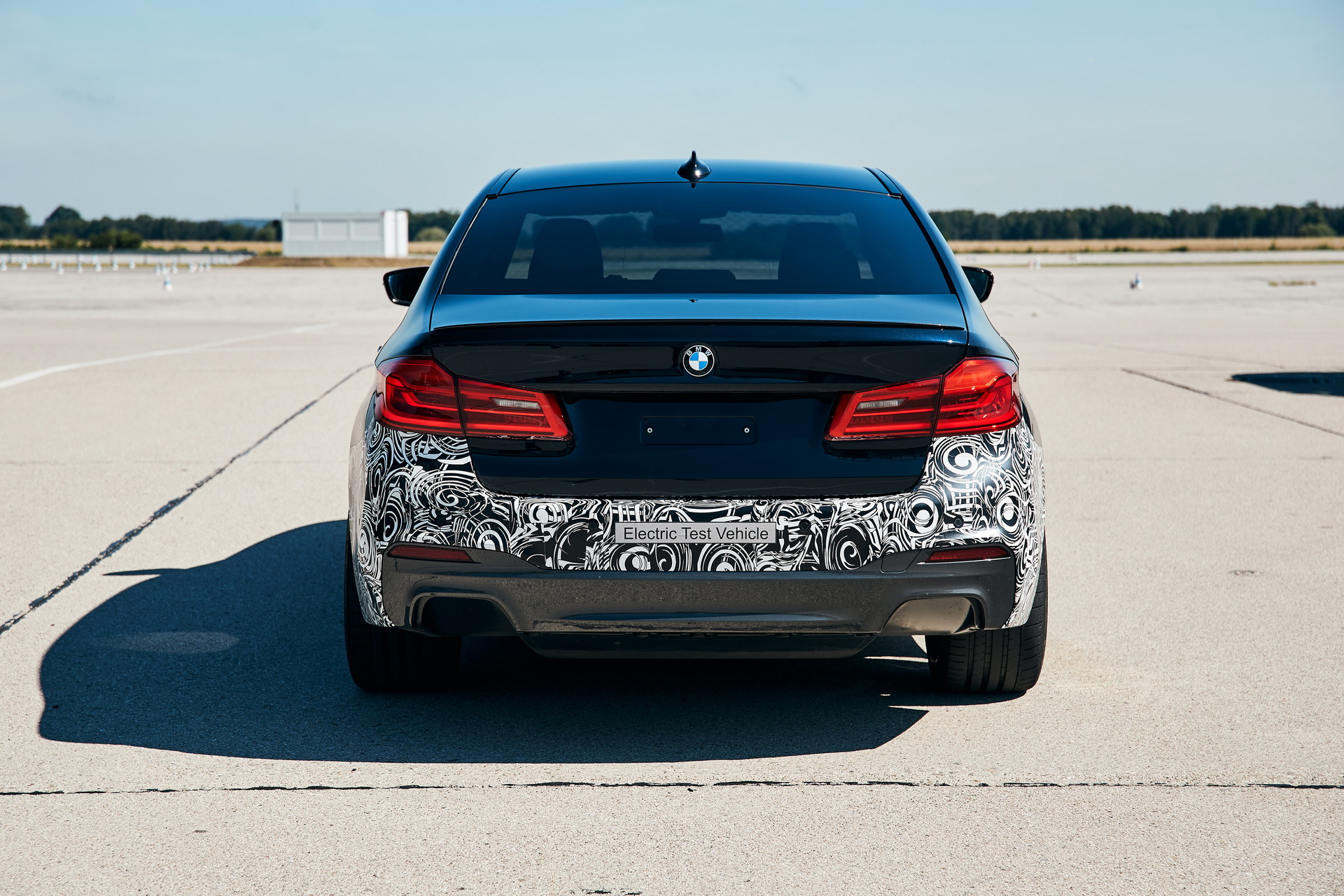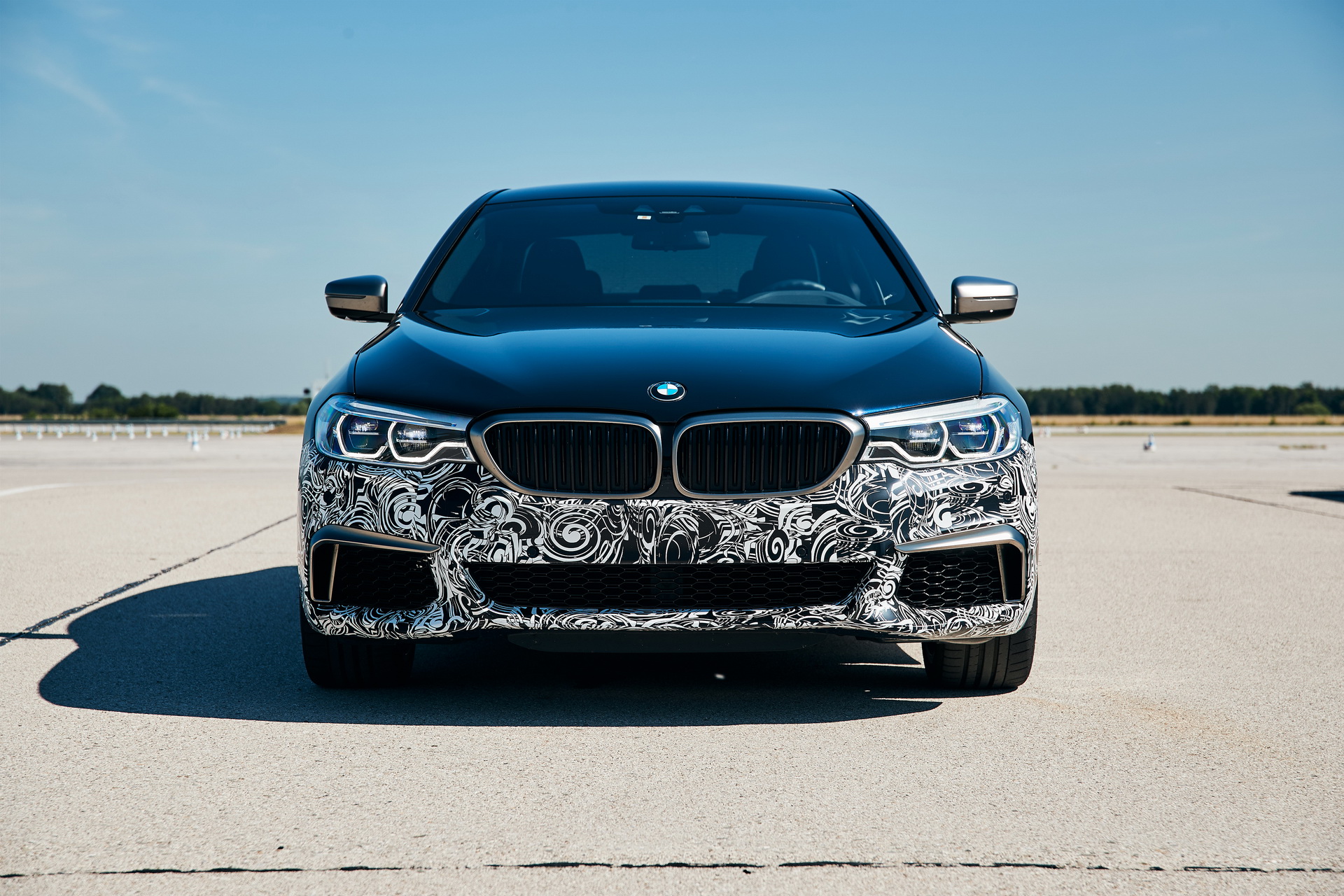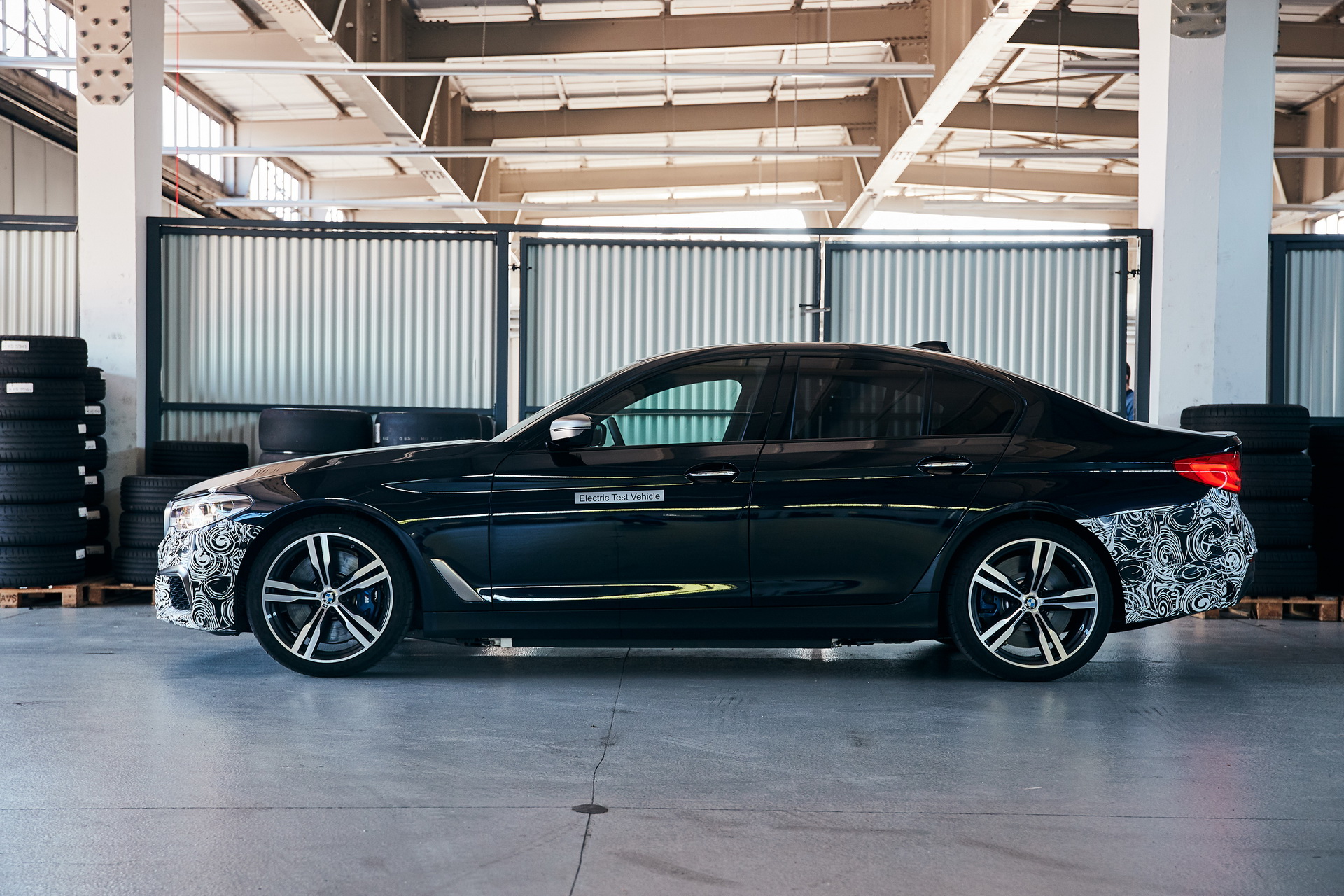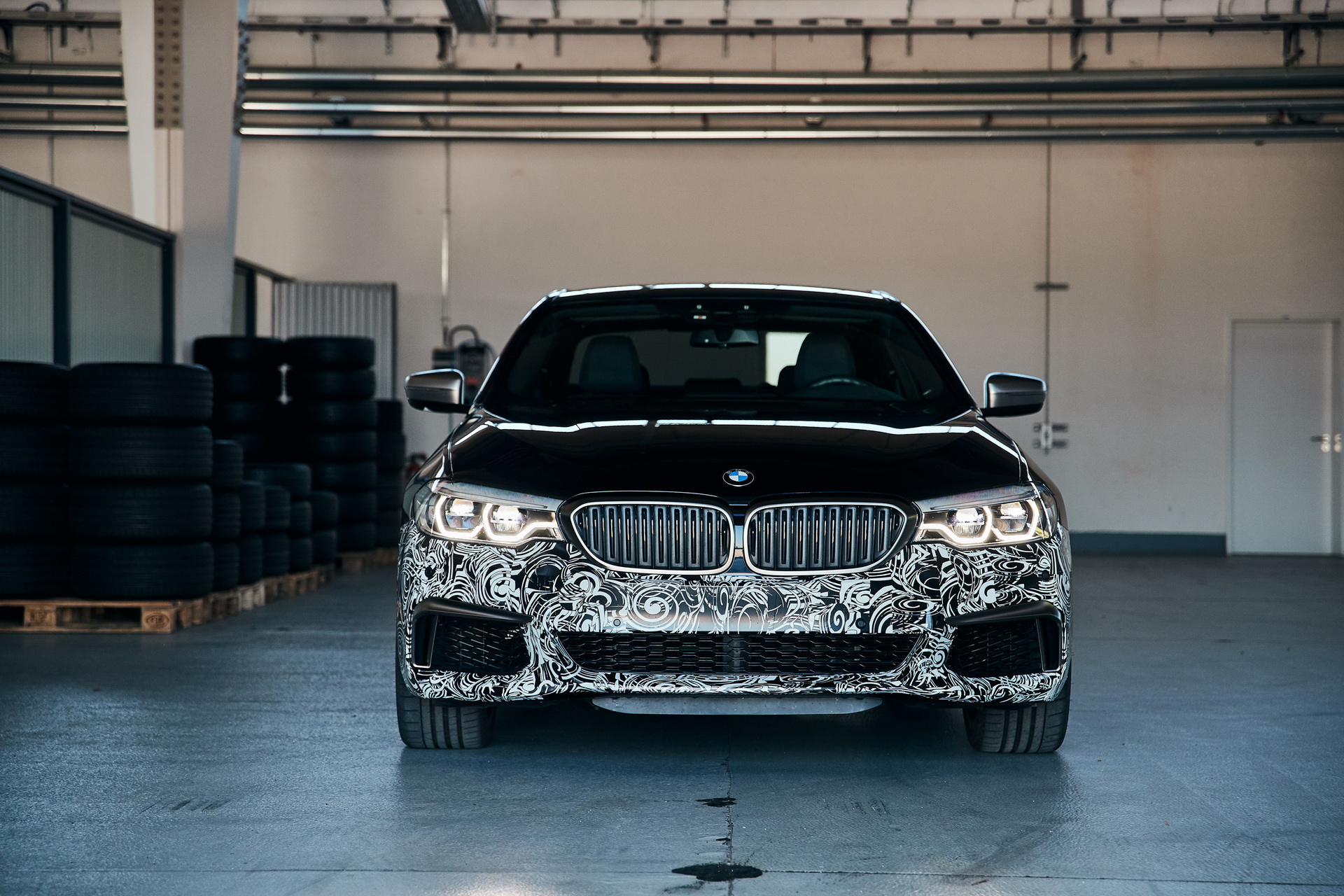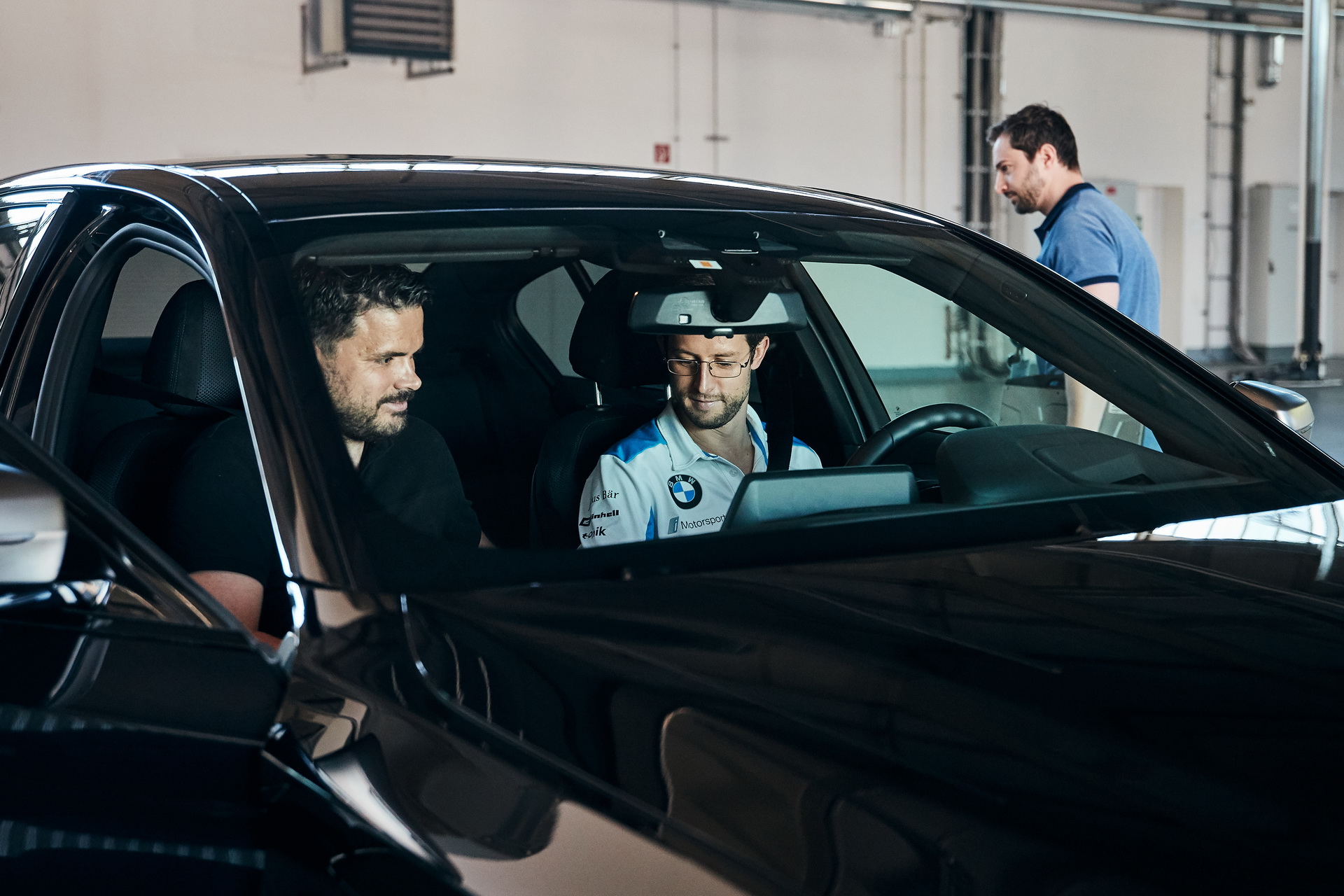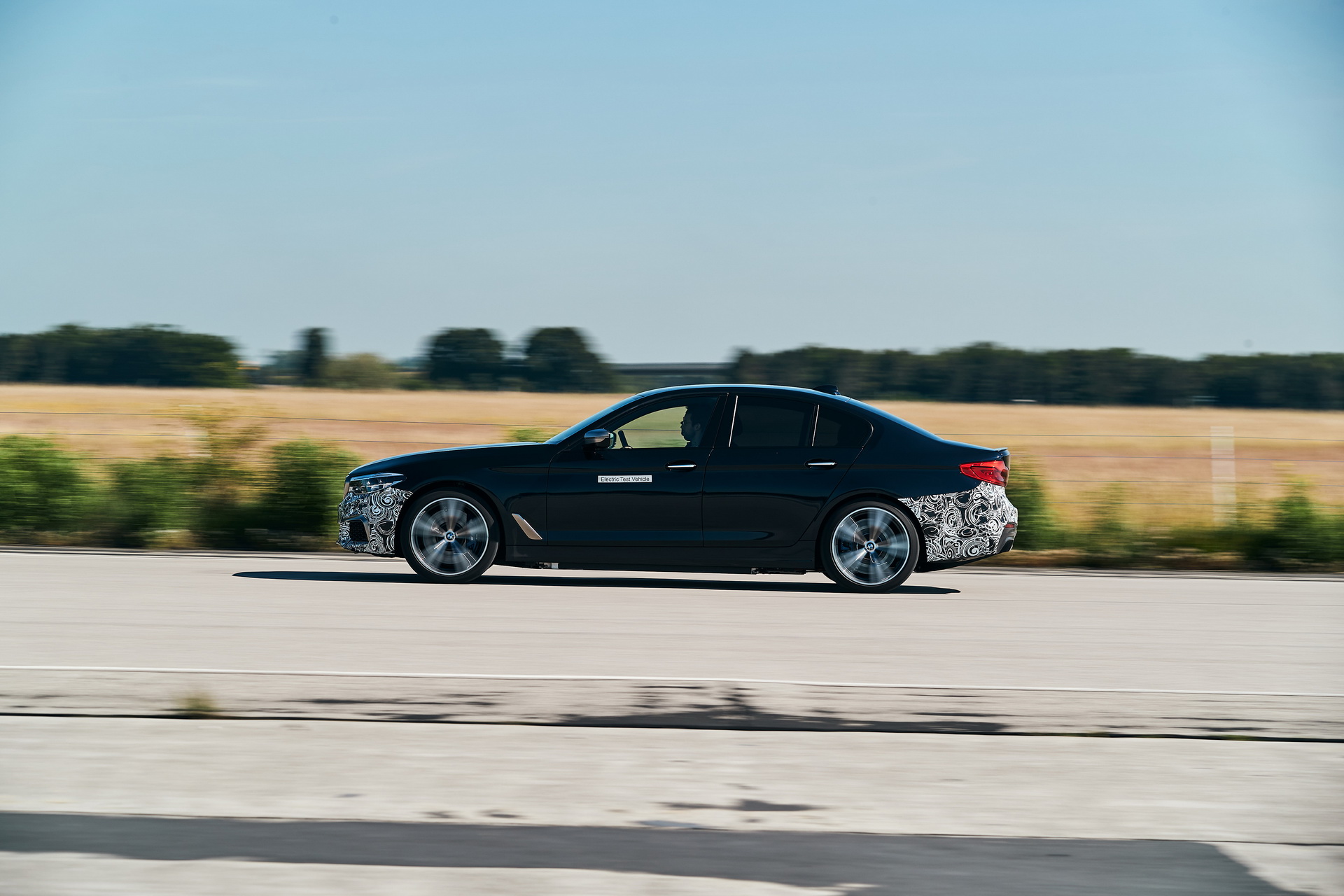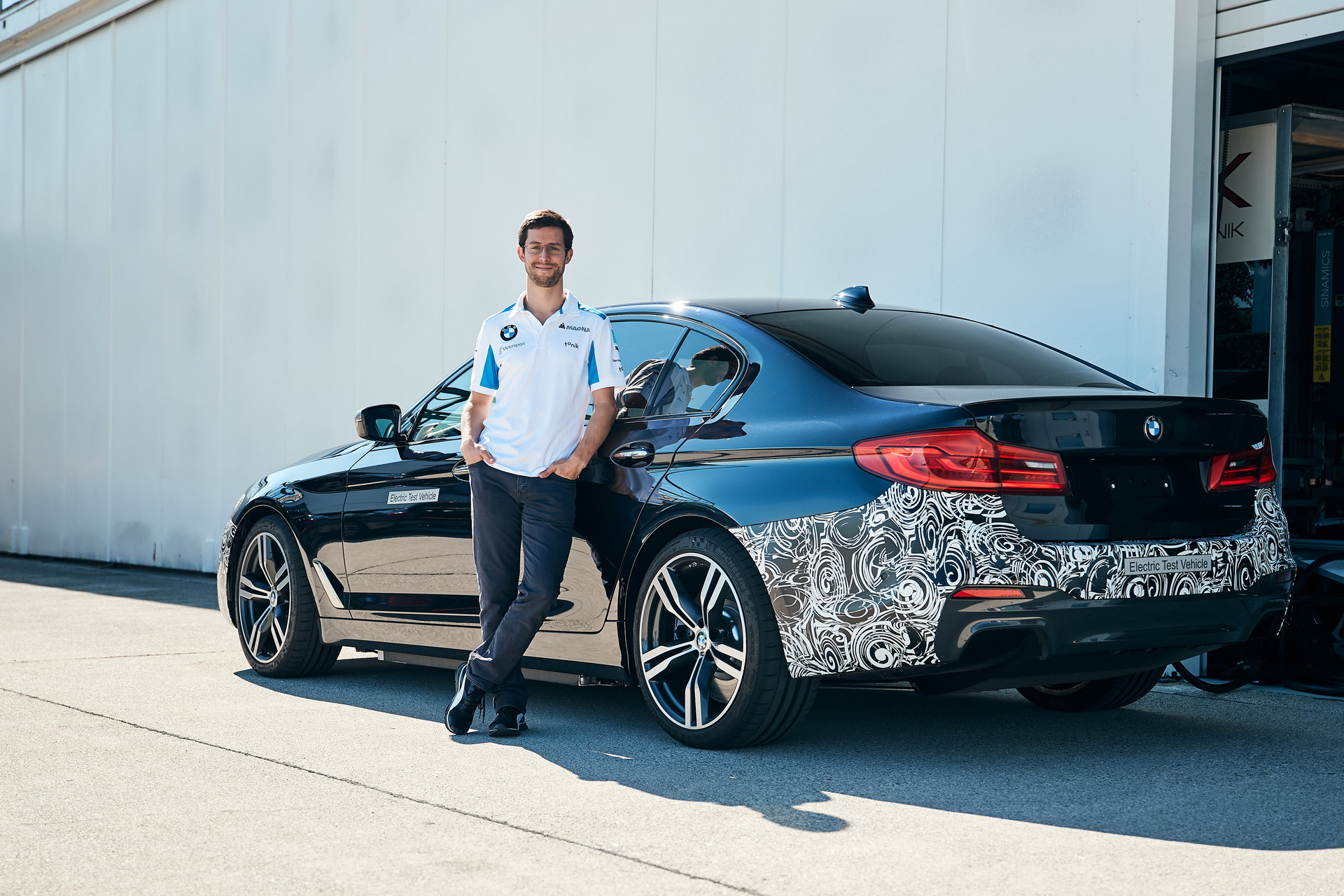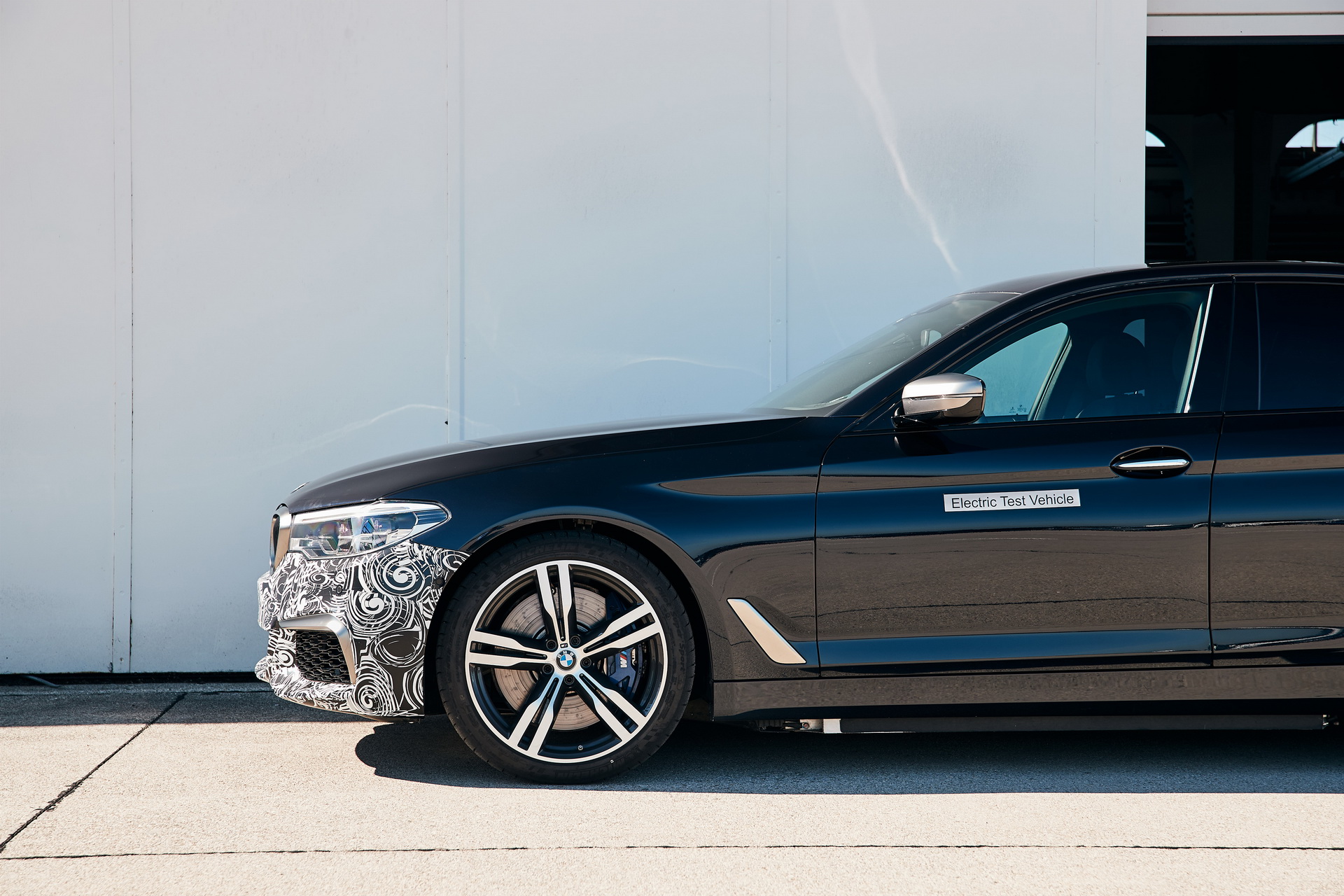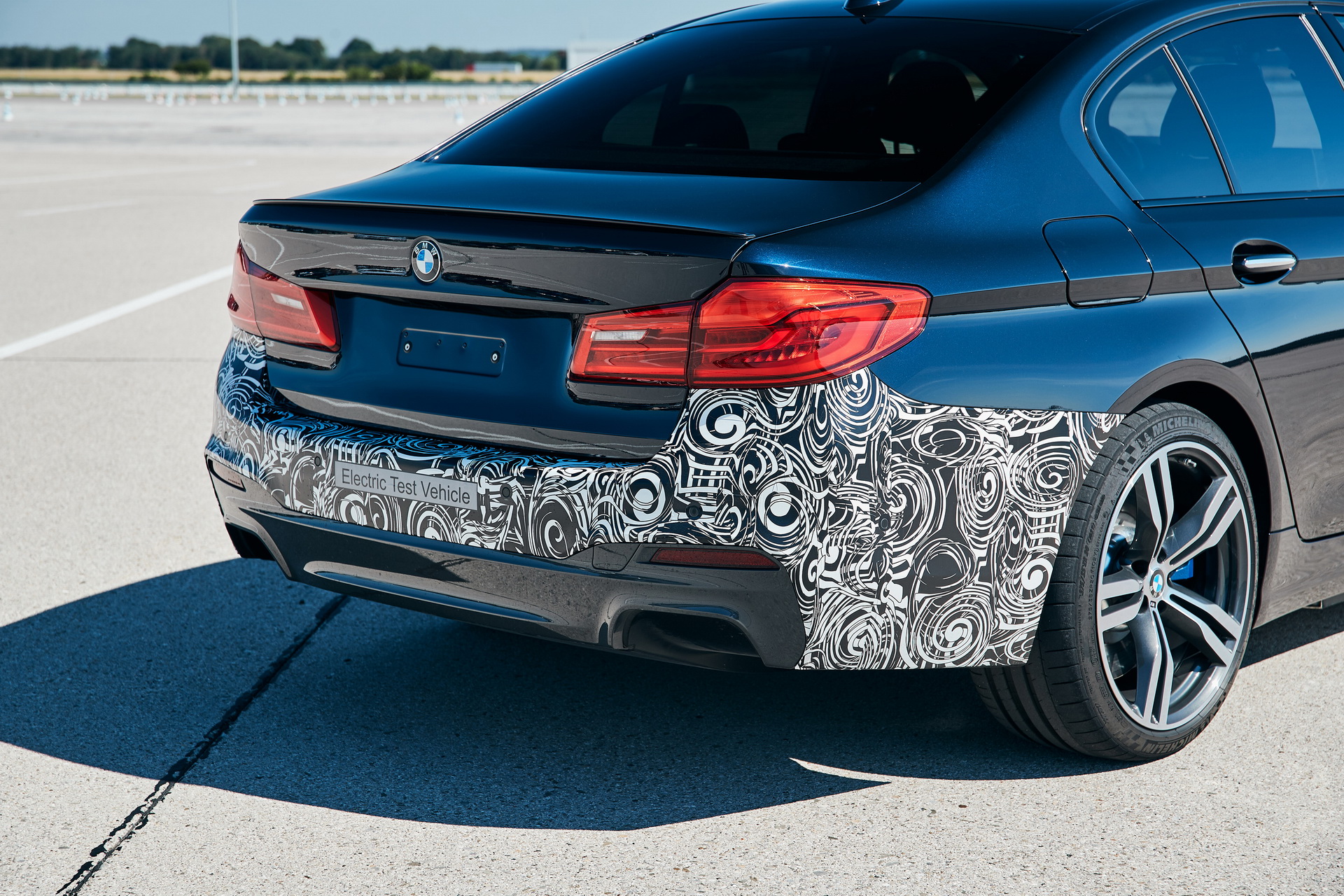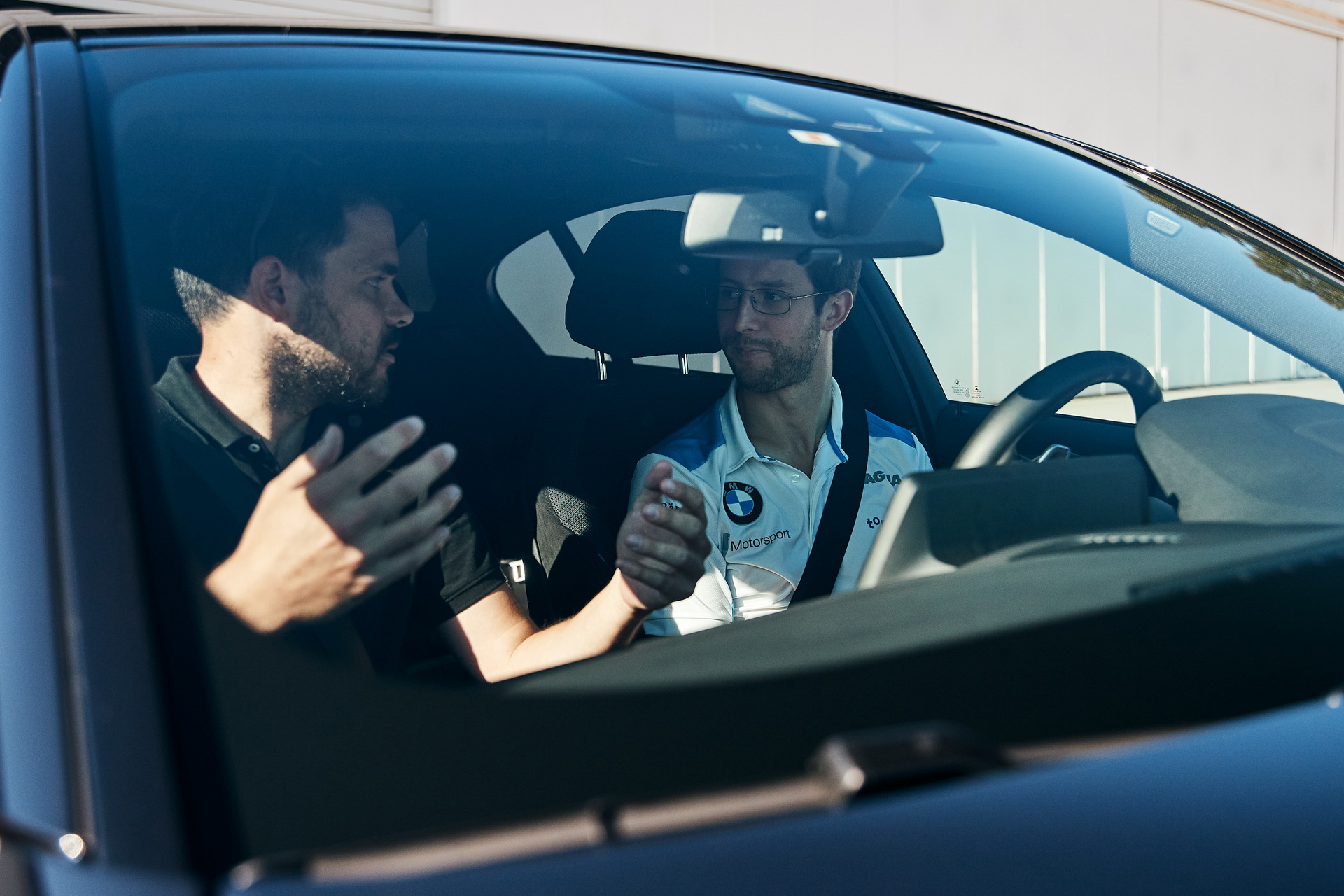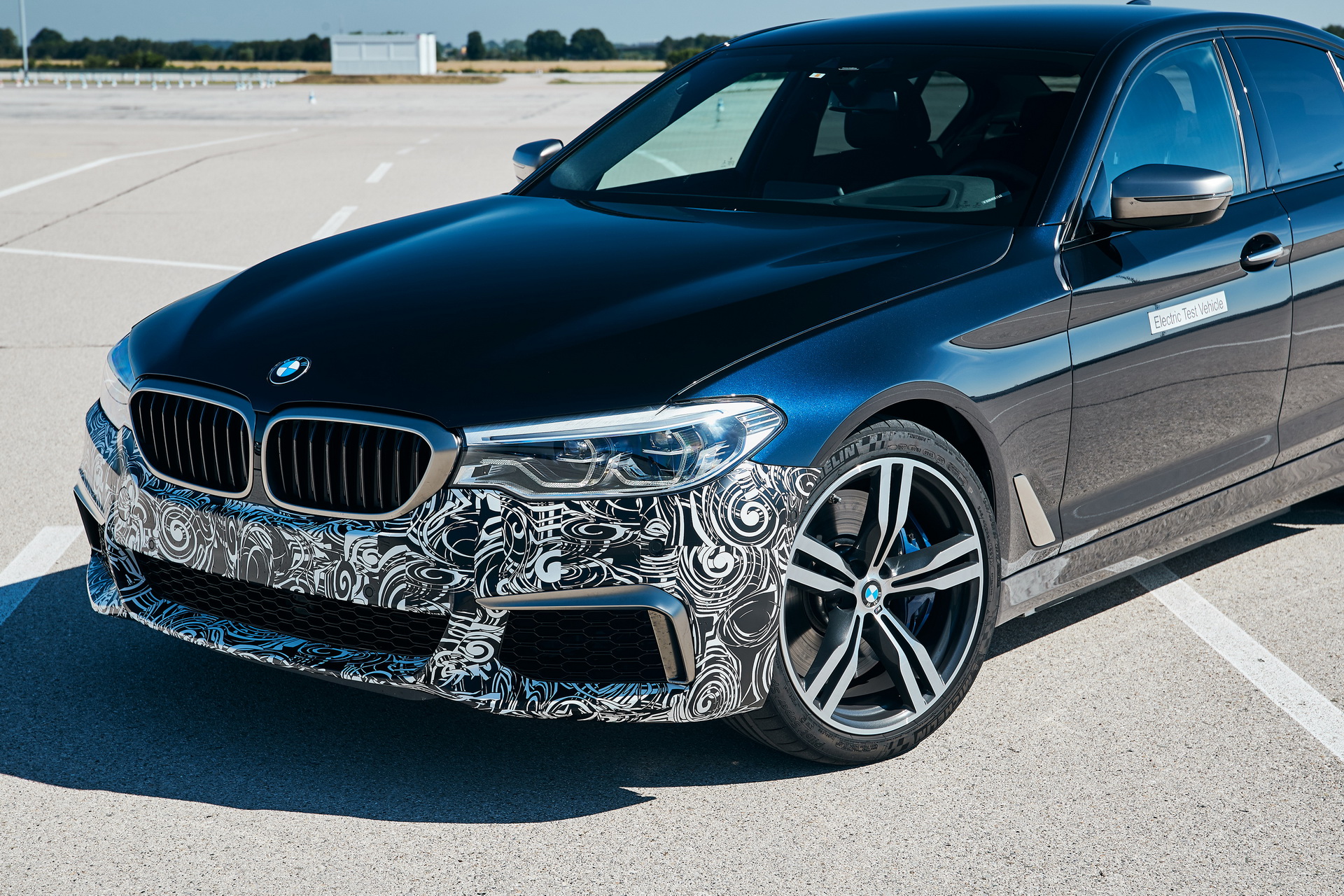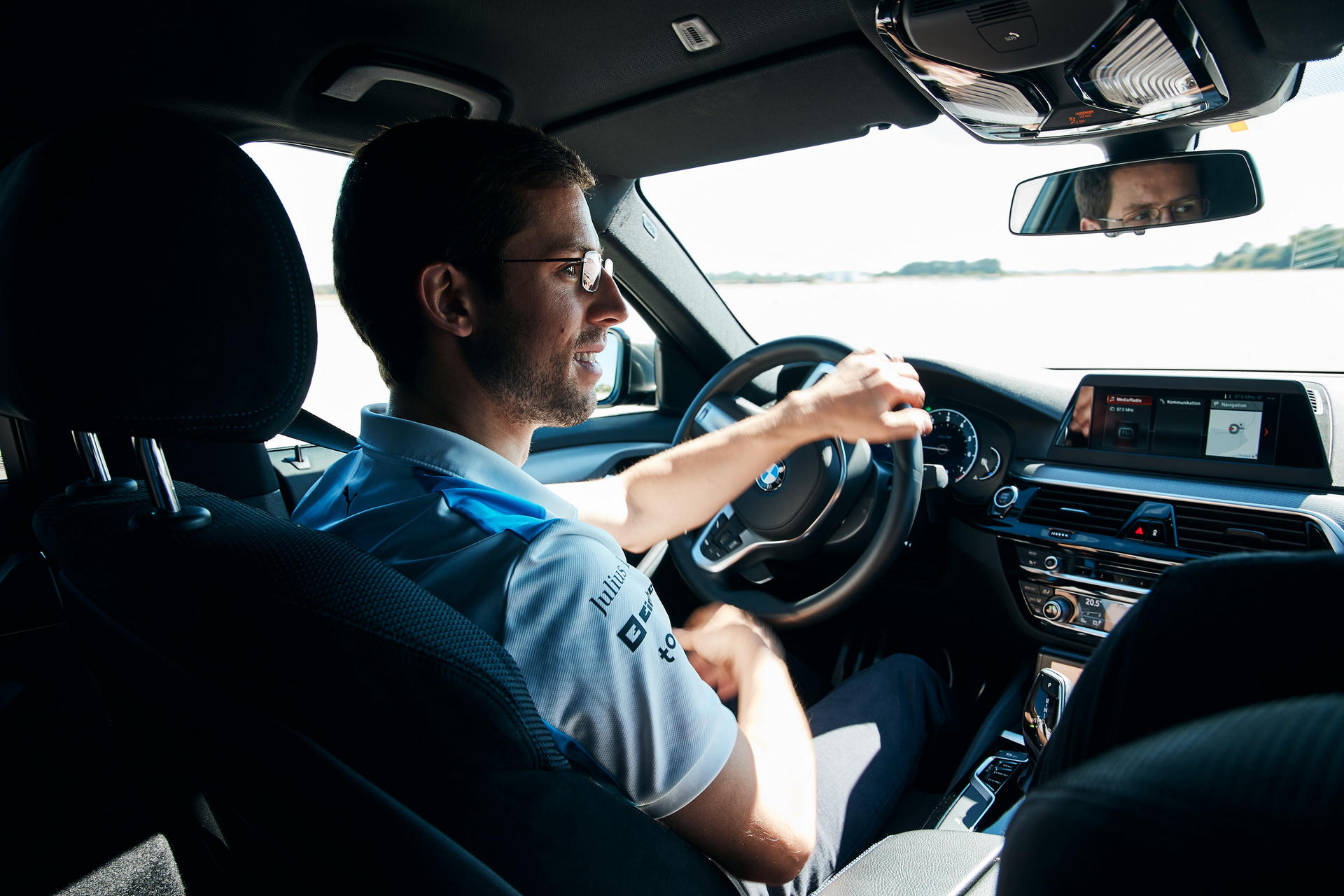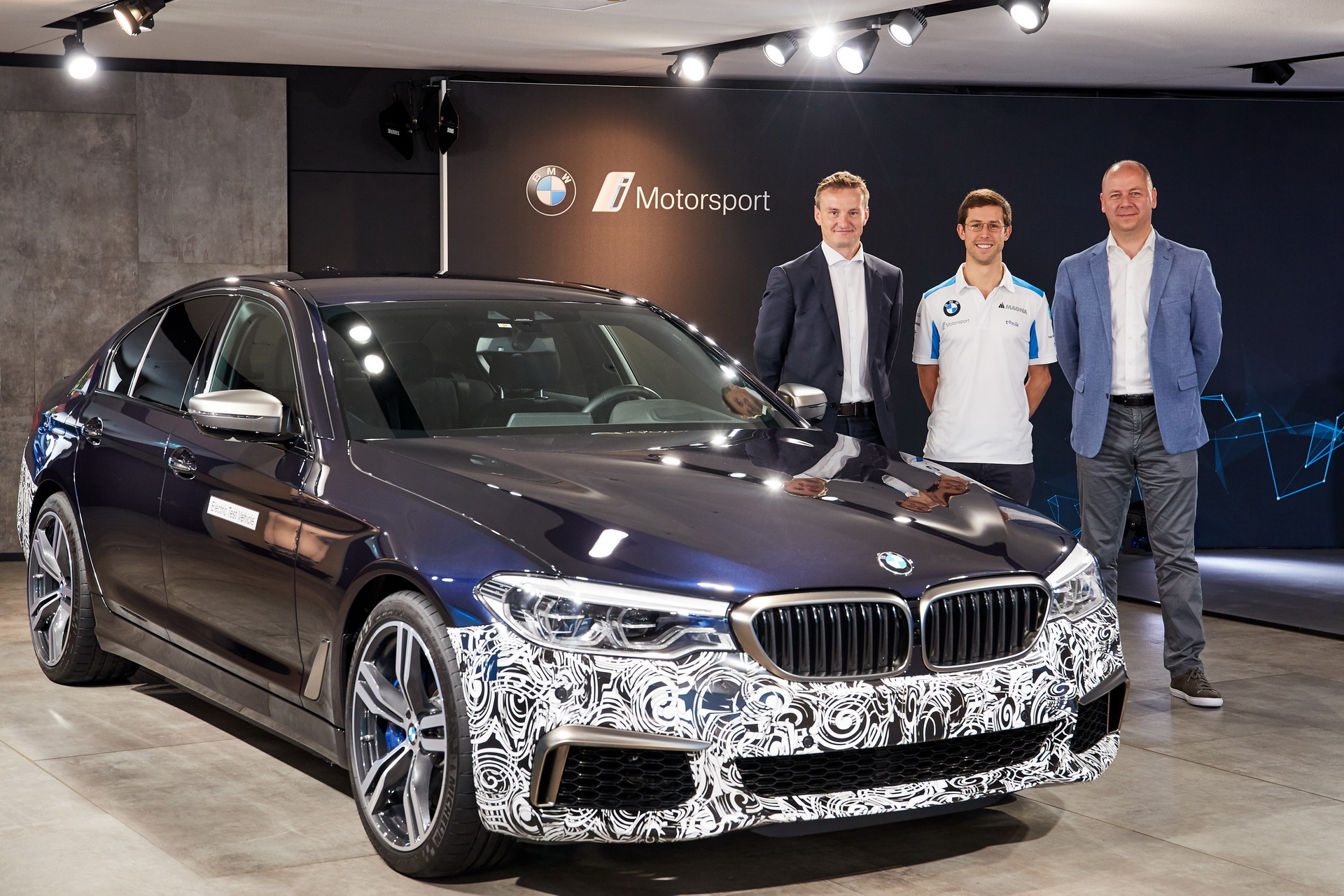Dubbed the ‘Power BEV’, this trial vehicle from BMW is fitted with three fifth-generation electric drive units and features a maximum system output of more than 530 kW (710 HP / 720 PS). In turn, this seemingly ordinary 5-Series sedan can accelerate to 62 mph (100 km/h) in under three seconds.
According to its development team, this concept was meant to impress drivers not only in a straight line, but also in the corners, with an emphasis on lateral dynamics.
This is why chassis and powertrain engineers worked particularly closely in order to extract the maximum amount of performance from the car. One key aspect is the fact that the vehicle’s two electric motors at the rear axle are controlled separately. By using e-torque vectoring, maximum drive power can be translated into forward propulsion even during extreme driving maneuvers.
This setup is said to be more effective and precise than what you get with a regular limited slip differential, which only reacts to a difference in rotation speed between the driven wheels.
Also read: Europe’s 2020 BMW M550i Gains 523 HP Twin-Turbo V8 From M850i
The three previously-mentioned drive units each have the electric motor and power electronics positioned within a single housing. There’s one at the front axle and two at the rear. This type of electric motor is expected to make its way into series production alongside the BMW iX3 – although the iX3 will only have one such motor, not three.
As for why BMW chose a 5-Series saloon as a donor car for the Power BEV, apparently it was because it made it easier to asses this drive concept, despite representing a serious technical undertaking. In the end though, the drive units were integrated into the 5er with no restriction in passenger compartment space.
In the future, BMW customers will be able to choose between which type of technology is right for them, be it a single motor setup like in the upcoming iX3, or perhaps a two separately controllable electric motor setup with e-torque vectoring, like in the Power BEV.







